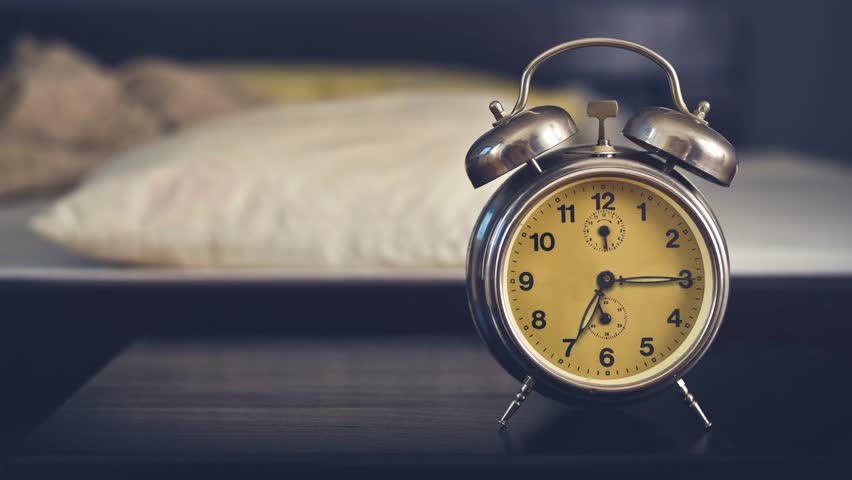If you snooze, do you really lose?
As a newly minted North Penn student, I can easily say that most of the changes from middle school to high school have been positive. The building isn’t that bad, there’s more independence, and the crispy cafeteria fries are a huge step-up from the upsetting heap of potatoes in middle school. Despite my overall good feelings towards school, nothing puts a damper on my mood more than sleep deprivation.
Elementary school started at 9 A.M., middle school started at 8 A.M., and now, high school starts at 7:21 A.M. Most buses come between 6 A.M. and 7 A.M., which translates to a wake up time between 5 A.M. and 6 A.M. Personally, waking up at five in the morning is no easy task, but that isn’t the worst. Preference takes a back seat to health, but in this case, health agrees with the normal teenage response to hitting the snooze button. Your body needs more sleep.
Studies have shown that an adolescent’s sleep cycle begins at 11 P.M. and lasts until 8 A.M., averaging about nine hours. From five to six in the morning, most teens are still in a deep sleep. Start School Later reports that “nearly 10% of U.S. high schools currently start before 7:30 A.M., 40% start before 8 A.M., and only about 15% start after 8:30 A.M.” Not only does this epidemic effect nearly 50% of schools, but North Penn happens to be in the 10% niche, translating to one of the earliest start times. Education Degree elaborates on this statement, stating that “Over time, sleep deprivation leads to serious consequences for academic achievement, social behavior, and the health and safety of our nation’s youth.”
So, the real question is: Why do we still need to get up at the crack of dawn? The most common answer has to do with the bus schedule. It runs on a tight time frame in order to get students from all different homes within our large school district borders.
Another reason has to do with after-school extracurricular activities. Changing the start time of school equates to changing the end time as well. It seems simple, but other factors come into play. Around the beginning of 8th period, student athletes will often leave class early for a game. Considering their absence happens in the early afternoon, it seems like a reasonable time, however, if school was pushed later, the games would be pushed later. For people who have sports practice that can last well into the evening, staying an hour or two into the night does not sound as agreeable. Let’s not forget the workload of an average high school student can last anywhere from 2-3 hours, maybe more.
The best way to solve the problem of sleep deprivation is to go to bed earlier. Say you wake up at 5, try to go to bed around 9 or 10 at night. That way, you can get around 7 or 8 hours of sleep, at the least. According to Nationwide Children’s Hospital, teens should try to get at least 9 ½ hours of sleep. Although it means that you will need to go to bed earlier, it will definitely improve your morning and ultimately, your day. If you’re the kind of person who can’t fall asleep easily, there are several apps that can help you to fall, and stay, asleep. My personal favorites are “Calm”, a meditation app, and “Pzizz”, which tracks your sleep cycle and provides music to fall asleep to. I happen to have trouble sleeping, so before bed, I pull up an 8 hour deep sleep video on YouTube. The audio includes ocean and instrument sounds, created specifically for falling asleep.
Although I think day after day that the solution is a later start, I know deep down that the school administration has the right idea. To my fellow sleep deprived high school students, I am sorry to say that the solution is not coffee. No matter what wonders you think the fresh smell of Wawa’s best roast does for you in the morning, a feeling that cannot be replaced is getting a good night’s sleep.



Mikayla Neu • Oct 2, 2017 at 12:44 pm
This was very well thought out, and the background knowledge is in depth and fit perfectly for your topic. Outstanding job!
Lauren Wolfe • Sep 30, 2017 at 2:23 pm
I’ve been waiting for an article like this! Thank you!